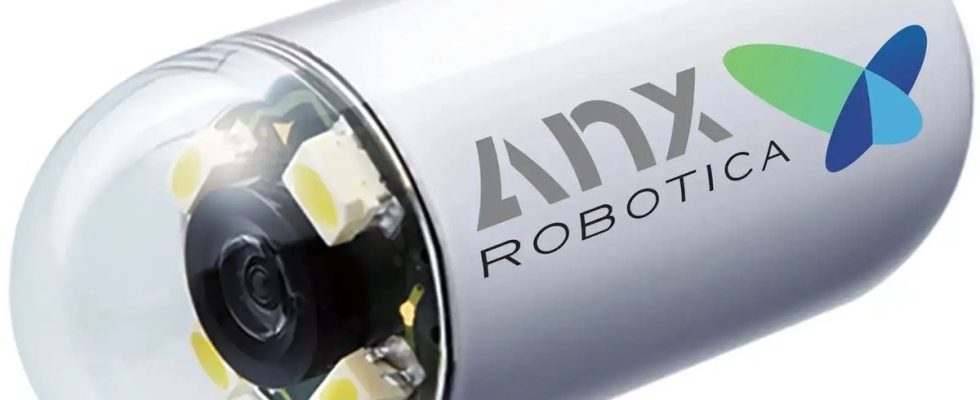Published on
Updated
Reading 2 mins.
Swallowing a capsule that allows a doctor to explore your digestive system is nothing new. This is called the endoscopic capsule. But researchers have gone further in the concept by developing a capsule that the doctor can control in the body thanks to a magnetic system.
To explore the upper part of the digestive system (esophagus, stomach and beginning of the small intestine), gastroenterologists use endoscopy. This examination consists of introducing an endoscope through the mouth or through the nose to visualize this part of the digestive tract and/or perform surgical procedures. Upper digestive endoscopy is performed either under general anesthesia or under local anesthesia.
Even if it is frequent, this intervention is not trivial and can lead in rare cases to complications (haemorrhage, infection, perforation of the digestive tract). In some patients with digestive bleeding or severe stomach pain, classic endoscopy is even impossible to perform.
To visualize specific areas of the digestive tract
To make this examination less invasive and allow all patients to have access to it, American researchers have developed an ingenious tool: a capsule that the patient swallows and which can be directed by the gastroenterologist via an electromagnetic system. The study authors dubbed it NaviCam MCCE. MCCE which stands for “Magnetically controlled capsule endoscopy.
They took the concept of the endoscopic capsule already used in medicine and added a new function to it. Unlike the endoscopic capsule which travels the digestive tract in a natural way (without the doctor being able to direct its trajectory), the Navicam MCCE capsule can be piloted by the doctor thanks to a huge ball which moves on the patient’s body. The capsule located in the body follows the movement commanded by the electromagnetic ball. An innovative technique that allows you to visualize specific areas of the digestive tract. The doctor controls the ball using a pair of joysticks similar to those used in video game consoles.
A 95% effective method
The Navicam MCCE, created by Anx Robotica Corps, has been tested on around forty patients. Researchers have confirmed its effectiveness (95%) in visualizing bleeding, lesions or inflammation. Study participants also underwent conventional endoscopy. According to the authors of this study, the endoscopies carried out with this new method made it possible to detect all the suspicious lesions and 80% of the patients declared that they preferred endoscopy by magnetically controlled capsule to traditional endoscopy.
Proud of their invention, these American researchers do not intend to stop there. They would like to improve their system by bringing in an artificial intelligence capable of automatically piloting the capsule.
